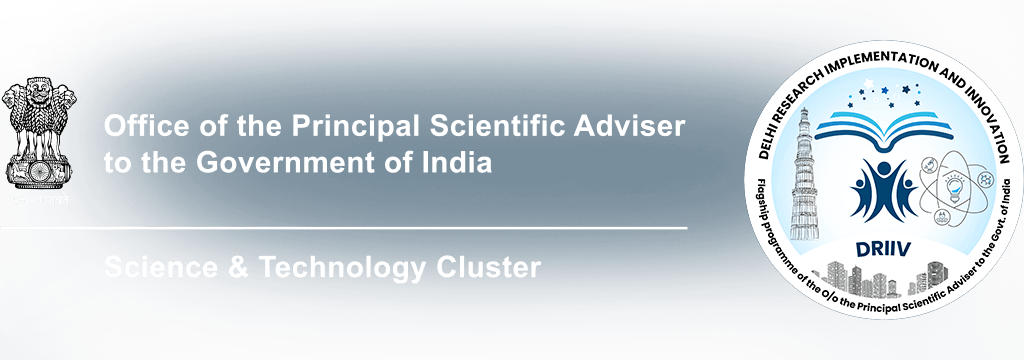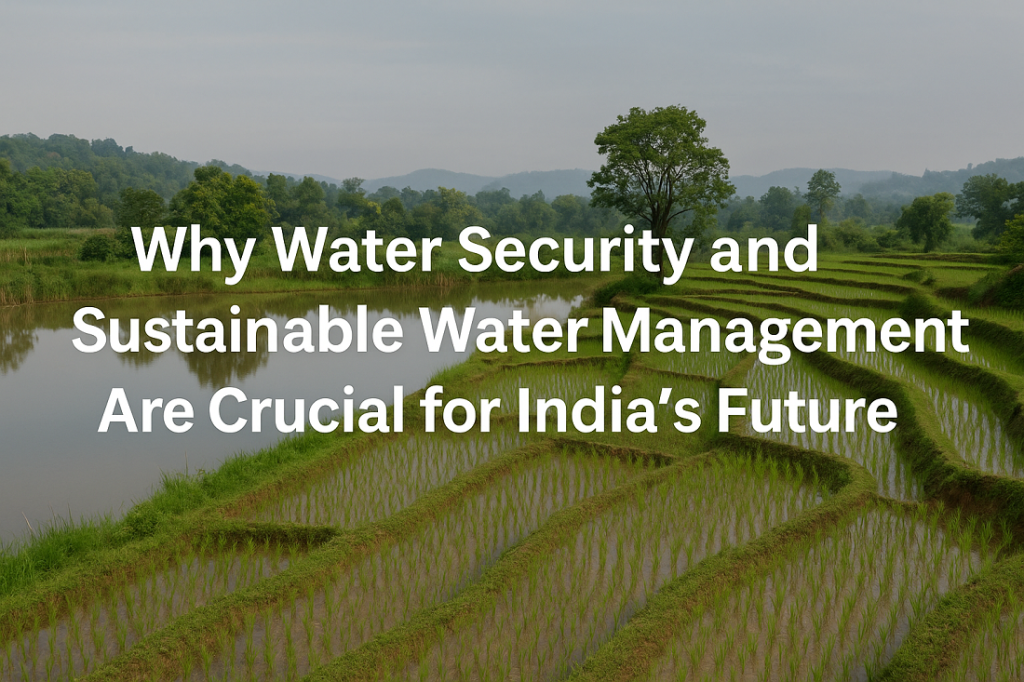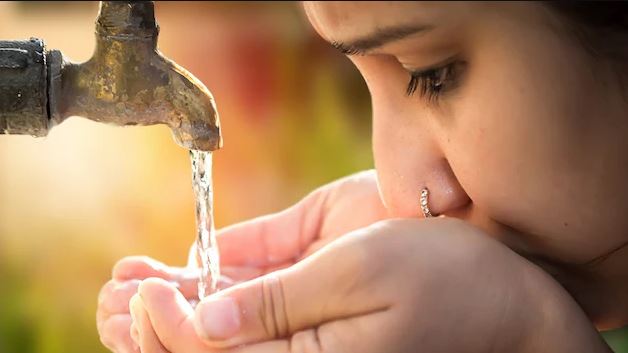Water is essential for life. But in India, water problems like shortage, pollution, and misuse are growing fast. That’s why water security is now more important than ever. This blog explains the current situation of water security in India, the importance of sustainable water management, how water conservation helps, and modern solutions like Phycoremediation and advanced Wastewater Treatment Technologies for the control of water pollution.
What is Water Security?
Water security means having reliable access to enough clean and safe water for drinking, farming, and other needs—without harming the environment.
It includes:
- Protecting water sources from pollution
- Managing water so it’s available in dry seasons
- Preventing floods and water-related disasters
- Using water wisely and equally
For India, ensuring water security is a big challenge because of its large population, uneven rainfall, and pollution of rivers and lakes.
The Reality of Water Security in India
India is home to 18% of the world’s population but has only 4% of its water resources. Cities are running out of water. Villages face droughts. Rivers are dirty. Groundwater levels are dropping.
Water security in India is under threat due to:
- Overuse of groundwater
- Rapid urbanisation
- Poor sewage systems
- Industrial waste dumping
- Climate change
For example, Delhi and Bangalore face major water shortages every summer. Many rivers like Yamuna and Ganga are highly polluted due to untreated sewage and industrial waste.
Why Sustainable Water Management Matters
Sustainable water management means using and protecting water in a way that meets today’s needs without harming future generations. It combines smart planning, new technology, and public cooperation.
It includes:
- Harvesting rainwater
- Reusing treated wastewater
- Using drip irrigation in farming
- Stopping water leaks in cities
- Protecting lakes and rivers
- Sustainable water management is key to achieving long-term water security in India.
Water Conservation: Small Actions, Big Impact
Water conservation means saving water wherever possible. It may sound simple, but if done by everyone, it can solve a big part of our water crisis.
Ways to conserve water:
- Fix leaking taps
- Use buckets instead of showers
- Reuse RO wastewater for cleaning
- Turn off taps while brushing
- Install rainwater harvesting systems
At DRIIV, we encourage both individuals and organisations to take steps toward water conservation. Every drop counts.
Control of Water Pollution: A National Need
Control of water pollution is crucial for water security in India. Polluted water not only harms the environment but also causes deadly diseases like cholera, typhoid, and hepatitis.
Main sources of water pollution:
- Untreated sewage
- Industrial waste
- Plastic and chemical dumping
- Pesticides in farming
- Religious activities in rivers
India needs stricter pollution laws, better wastewater treatment plants, and more awareness to control water pollution effectively.
Innovative Solutions: Phycoremediation
One of the most eco-friendly ways to clean polluted water is through Phycoremediation. It uses algae (tiny plants) to remove harmful pollutants from water bodies.
Benefits of Phycoremediation:
- Natural and low-cost method
- Removes heavy metals and toxins
- Improves water quality in lakes and ponds
- Can be used in rural and urban areas
- Does not produce harmful by-products
At DRIIV, we support research and innovation in Phycoremediation to restore polluted lakes and rivers across India.
Advancements in Wastewater Treatment Technologies
India produces over 60 billion litres of sewage daily—but only 30% of it is treated. The rest goes into rivers and lakes. That’s why modern Wastewater Treatment Technologies are essential.
Types of treatment technologies:
- Activated Sludge Process – Uses bacteria to break down waste.
- Membrane Filtration – Removes even tiny pollutants.
- UV & Ozone Disinfection – Kills harmful microorganisms.
- Decentralised Wastewater Systems – Ideal for small towns and villages.
Using these technologies helps in the control of water pollution and supports sustainable water management.
DRIIV’s Efforts for Water Security
At DRIIV, we are working on science-based and scalable solutions for water security in India. Some of our focus areas include:
- Revival of urban lakes and waterbodies
- Pilot projects on Phycoremediation for water treatment
- Partnerships with local governments for better water planning
- Promoting awareness on water conservation and reuse
- Supporting start-ups that offer new wastewater treatment technologies
- We believe innovation and collaboration are the keys to achieving water security for all.
How You Can Help
You don’t need to be a scientist or policymaker to help solve the water crisis. Here’s what you can do:
- Use water wisely at home and work
- Educate others about water conservation
- Support rainwater harvesting in your society
- Avoid polluting lakes and rivers
- Join local clean-water campaigns
- Choose products that are water-efficient
- Together, we can ensure that every Indian has access to clean and safe water.
Conclusion
India’s water future depends on the actions we take today. Water security, especially in a country as large and diverse as ours, cannot be achieved without active effort from citizens, government, and organisations like DRIIV.
With smart policies, innovative solutions like Phycoremediation, and effective wastewater treatment technologies, we can move towards sustainable water management. Let’s work together to protect our most precious resource—water.
FAQs
Q1: What is water security?
A: Water security means having enough clean, safe, and accessible water for all uses—drinking, farming, industry—without harming the environment.
Q2: Why is water security in India a concern?
A: India faces water shortages, pollution, overuse of groundwater, and uneven rainfall, making water security a growing concern.
Q3: What is sustainable water management?
A: Sustainable water management is using water efficiently and protecting water resources so that they are available for future generations.
Q4: How can we practice water conservation at home?
A: Fix leaks, turn off taps when not in use, collect rainwater, and reuse water from washing or cooking.
Q5: What causes water pollution in India?
A: Main causes include sewage discharge, industrial waste, plastic dumping, and use of harmful chemicals in farming.
Q6: What is Phycoremediation?
A: Phycoremediation is a natural method of cleaning water using algae to remove harmful substances and pollutants.
Q7: What are the latest wastewater treatment technologies?
A: Some include activated sludge systems, membrane filters, UV disinfection, and decentralised treatment plants.
Q8: How is DRIIV helping with water security in India?
A: DRIIV promotes innovative water management projects, supports new technologies, and works with communities and governments to improve water systems.




